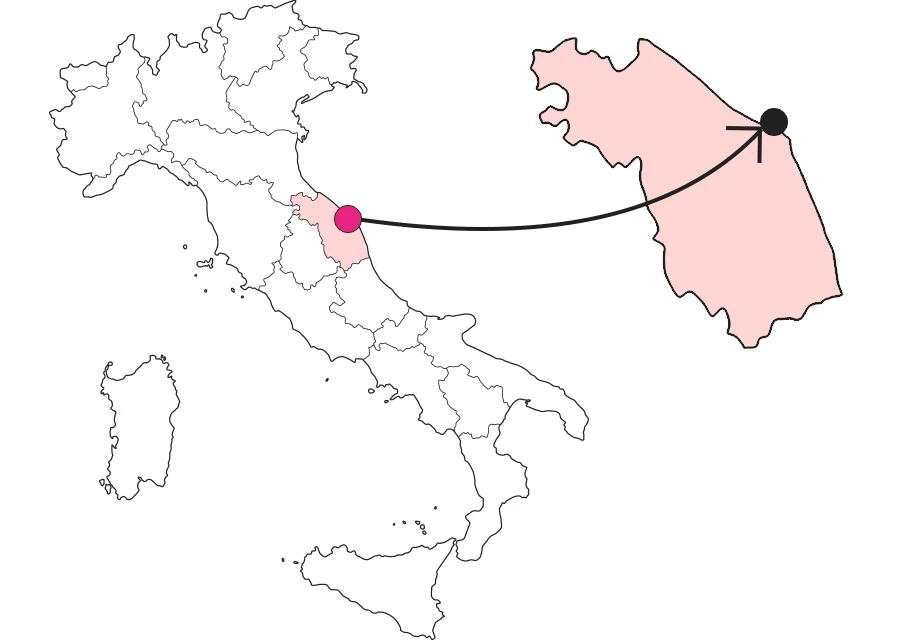






Stories to remember: the Fiera Franca in Senigallia
A prestigious event now lost, to be remembered through small clues in the city

Where

In the Port district of Senigallia there are streets named after foreign places-Kotor, Syria, Samos, Corfu, Smyrna, Rhodes, for example. This is a detail to which it is easy not to pay attention, but the more curious may wonder why these streets are named after such places. After all, you know, toponymy sometimes tells the story of a place. And that is exactly what happens here, where each street has retained the name of the consulate that was located there. Why were there so many consulates in Senigallia? It is an interesting story, linked to Santa Maria Maddalena and the city's commercial past, which today has its own pale following in the events that take place at the end of August.
Birth and decline of a special event
Originally there was the Fiera Franca, that is, a large market that enjoyed a special privilege: it was not necessary to pay duties to take part in it. This was a decidedly mouth-watering detail for merchants, who flocked from all over Europe and the Mediterranean. The days of the fair, therefore, saw Senigallia overflowing with people, goods and riches-a true spectacle! The Fiera Franca was held in conjunction with the celebrations in honor of Santa Maria Maddalena in July. It was established by the Della Rovere Dukes in 1458, and reached its peak in the 18th century. Then came a gradual decline, which led it to gradually lose importance and privileges. In 1836 and 1837 the fair was even cancelled because of cholera. And so little by little it came to its final throes, when in August 1869 it was no longer "free."
 The arcades with the stores in front and the awning that covered the street
The arcades with the stores in front and the awning that covered the streetThe Senigallian dream
An event of the magnitude of the Fiera Franca had considerable weight in the life of Senigallia and the surrounding area because it represented its main economic activity. In fact, the fair constituted a fundamental earning opportunity for all walks of life in the city: even the less affluent found employment in services related to trade and the reception of large numbers of merchants and visitors, performing tasks such as porters, sailors, servants, maids, and laundresses. Often these were poor villagers from the countryside, who once the fair activities were over, returned to work in the fields. For the wealthier classes, too, the fair was an irreplaceable source of income: nobles and clergy, in particular, derived great profits from renting out houses, warehouses and stores to merchants, the prices of which skyrocketed thanks to the substantial turnout.
Another significant element was Senigallia's seafront location, combined with the period of the fair, which fell in the middle of summer. This happy union allowed the Fiera Franca to enjoy the best conditions for sea travel, fast and quite safe. A real boon for merchants, who could do a lot of business in a short period of time!
A plunge into history
And so, starting with the exotic names of the streets of the Port district, we have taken you along a journey through history: it is up to you to conjure up on the wings of imagination the great feast of sounds, smells, voices and colors of the varied humanity that once a year gathered in beautiful Senigallia.
Enter the Map of Italy's Undiscovered Wonders and find treasures where you least expect it... Inspire, Recommend, Share...
The Map thanks:
In the Community
Enter the Map of Italy's Undiscovered Wonders and find treasures where you least expect it... Inspire, Recommend, Share...
Where


